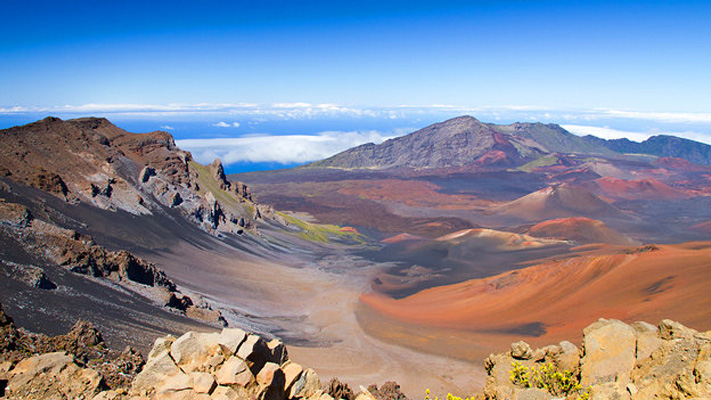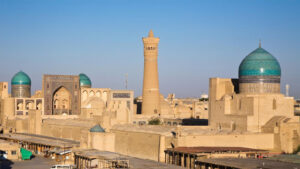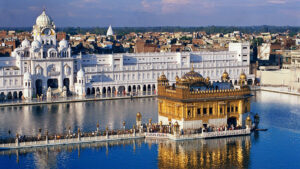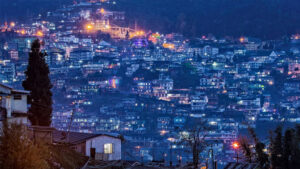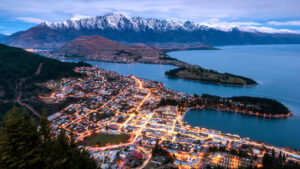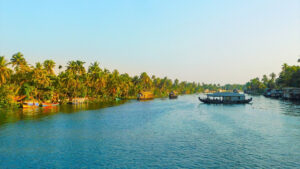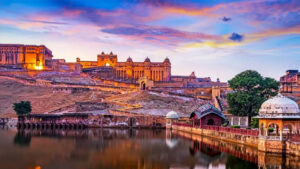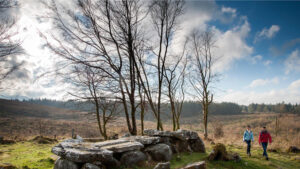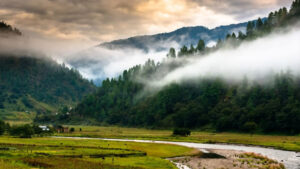HALEAKALA NATIONAL PARK, HAWAII – EXPERIENCE SOME OF THE BEST STARGAZING OPPORTUNITIES HERE

Haleakala National Park is a national park located on the Hawaiian island of Maui. The park covers an area of over 33,000 acres and includes the Haleakala Crater, a massive dormant volcano, as well as a large section of the island’s southeastern coastline.
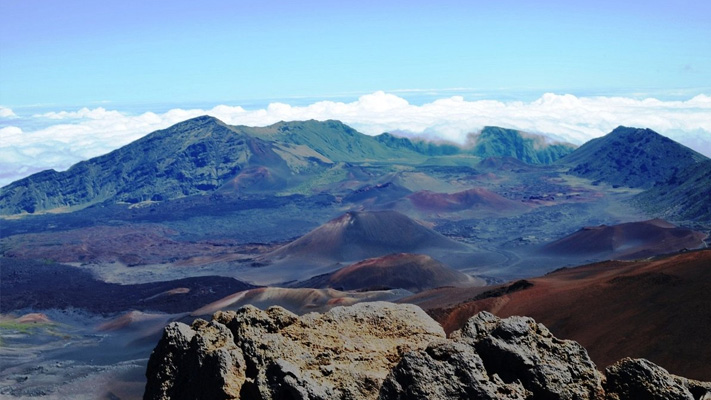
The park is known for its unique geology and diverse ecosystems, which range from the volcanic summit at over 10,000 feet to the lush rainforest and coastal regions. Visitors to the park can explore the various landscapes through hiking, biking, and driving tours.
One of the main attractions of Haleakala National Park is the Haleakala Crater, which is over 7 miles long and 2 miles wide. Visitors can hike into the crater or take a guided tour to explore the unique volcanic formations and enjoy breathtaking views of the surrounding landscapes.
In addition to the crater, the park also includes the Kipahulu District, which is located on the southeastern coast of Maui. This section of the park is known for its lush rainforest, waterfalls, and coastal trails.
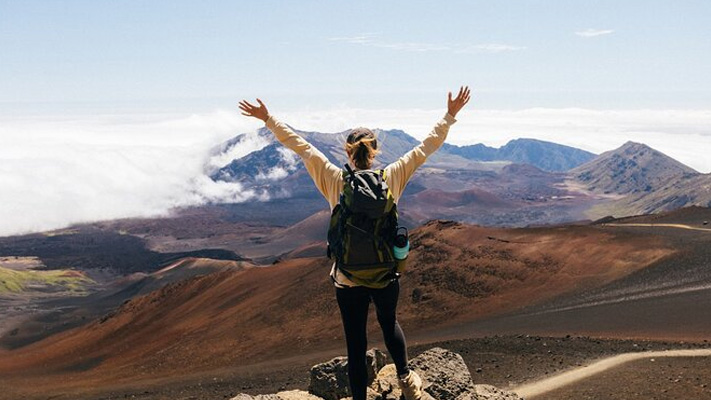
What Makes it Special as a Tourist Destination
Haleakala National Park is a special tourist destination for several reasons:
- Unique Landscapes: The park is home to a variety of unique landscapes, ranging from the volcanic summit of Haleakala Crater to the lush rainforest and coastal regions. Visitors can explore and experience the diverse ecosystems and geological formations that make this park so unique.
- Adventure Opportunities: Haleakala National Park offers many opportunities for adventure, such as hiking, biking, and driving tours. Visitors can enjoy the stunning views and take part in various outdoor activities, making the park a popular destination for adventure seekers.
- Cultural Significance: The park has great cultural significance for the native Hawaiian people, who consider it a sacred site. Visitors can learn about the history and cultural significance of the park through interpretive displays and ranger-led programs.
- Biodiversity: Haleakala National Park is home to a variety of rare and endangered species, such as the Hawaiian goose and the Maui parrotbill. The park’s ecosystems provide critical habitats for these species, making it an important destination for nature lovers.
- Stargazing: The park is also known for its exceptional stargazing opportunities, due to its high elevation and clear night skies. Visitors can attend ranger-led stargazing programs or bring their own telescopes for an unforgettable stargazing experience.
Haleakala National Park is a special tourist destination that offers a unique blend of adventure, cultural significance, and natural beauty. It is a must-visit destination for anyone traveling to Maui or interested in experiencing the natural wonders of Hawaii.
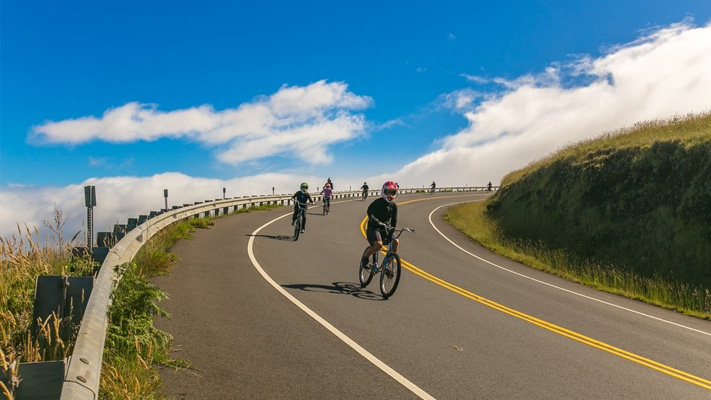
Popular Activities Enjoyed by Tourists
Here are some popular activities enjoyed by tourists in Haleakala National Park:
- Hiking: The park has over 30 miles of hiking trails that range from easy to strenuous, offering visitors the opportunity to explore the unique landscapes of the park on foot. The most popular hike is the Halemau’u Trail, which takes hikers into the crater and offers stunning views of the surrounding landscapes.
- Sunrise and Sunset Viewing: Visitors can watch the sunrise or sunset from the summit of the Haleakala Crater, which is a popular activity due to the stunning views and unique atmosphere.
- Biking: Visitors can rent bikes and ride down the winding road from the summit of the crater to the park entrance, which is a thrilling and memorable experience.
- Ranger-Led Programs: The park offers a variety of ranger-led programs, including guided hikes, stargazing programs, and cultural demonstrations that provide visitors with unique insights into the park’s history and ecosystems.
- Horseback Riding: Visitors can take a guided horseback ride through the park’s scenic trails, enjoying the unique landscapes and biodiversity of the park.
- Wildlife Viewing: Haleakala National Park is home to a variety of rare and endangered species, such as the Hawaiian goose and the Maui parrotbill. Visitors can enjoy wildlife viewing opportunities and learn about the park’s efforts to protect these species.
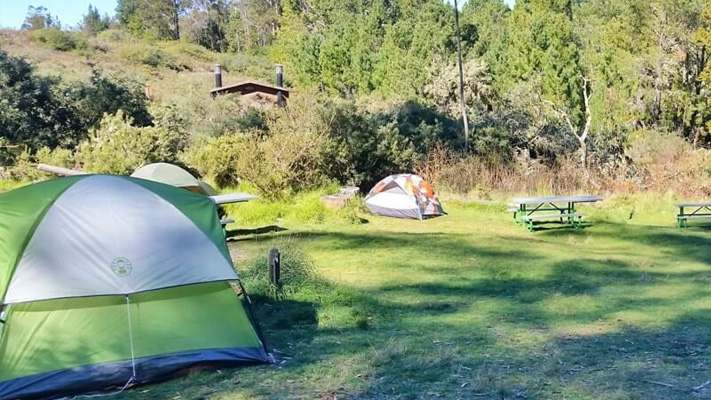
Top Attractions and Must See Places
Here are some top attractions and must-see places in Haleakala National Park:
- Haleakala Crater: The crater is the main attraction of the park, offering visitors stunning views of the unique volcanic landscapes and diverse ecosystems. Sunrise and sunset viewing from the summit is a must-see experience.
- Pipiwai Trail: The trail is located in the Kipahulu District of the park and offers visitors a scenic hike through lush rainforest, past waterfalls, and through bamboo groves.
- Hosmer Grove: The grove is a popular picnic area and offers visitors the opportunity to explore the park’s unique high-elevation forests.
- Kipahulu Campground: Located in the Kipahulu District, the campground offers visitors a chance to camp overnight and experience the park’s diverse ecosystems and natural beauty.
- Leleiwi Overlook: Located on the summit of the crater, the overlook offers visitors stunning views of the crater and surrounding landscapes.
- Sliding Sands Trail: The trail offers visitors the opportunity to hike down into the crater and explore the unique volcanic formations.
- Kuloa Point Trail: This trail is located in the Kipahulu District and offers visitors scenic views of the park’s coastal landscapes and opportunities for wildlife viewing.
Overall, Haleakala National Park offers visitors a wide range of attractions and must-see places that showcase the park’s unique landscapes, biodiversity, and cultural significance. Each of these locations offers a unique perspective on the natural wonders of the park and is well worth a visit.
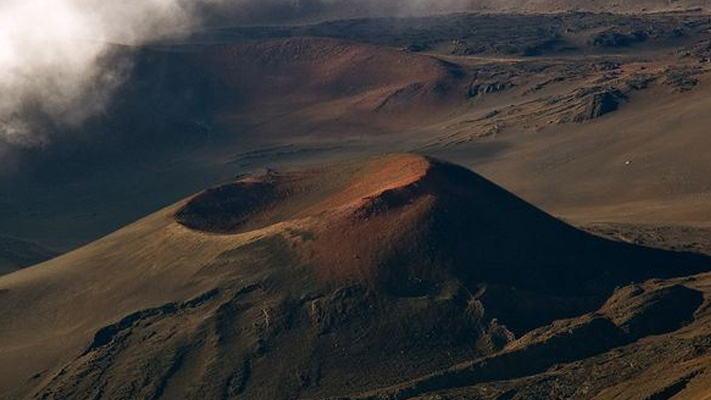
Interesting Facts
Here are some interesting facts about Haleakala National Park:
- Haleakala is a dormant volcano: The park is home to the Haleakala Crater, which is a dormant volcano that last erupted over 500 years ago. The crater is approximately 7 miles long, 2 miles wide, and 2,600 feet deep.
- It is home to rare and endangered species: Haleakala National Park is home to several rare and endangered species, including the Hawaiian goose, Hawaiian petrel, and the Maui parrotbill.
- The park is culturally significant: The park is an important cultural site for Native Hawaiians, who believe that the summit of the volcano is the home of the god Maui.
- It has unique ecosystems: The park has a range of diverse ecosystems, including subalpine drylands, high-elevation shrublands, and rainforests.
- It offers exceptional stargazing opportunities: Due to its high elevation and remote location, Haleakala National Park offers some of the best stargazing opportunities in the world. The park is home to several observatories, and visitors can attend stargazing programs and events.
- It has been used for scientific research: The unique environment of Haleakala National Park has made it a popular location for scientific research. Scientists have studied the park’s unique ecosystems, geology, and climate.
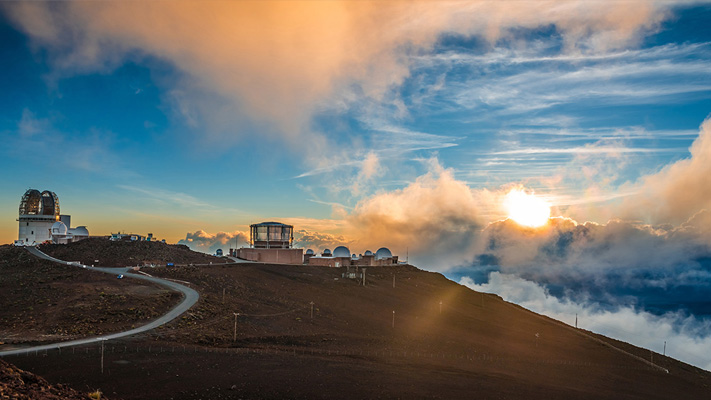
Best Time to Visit
The best time to visit Haleakala National Park depends on your interests and what you want to experience. Here are some factors to consider:
- Weather: The park’s weather can vary greatly depending on the season and the elevation you are at. The summit can be very cold and windy, with temperatures dropping below freezing, while the coastal areas can be warm and humid. The winter months (December to February) can bring snow and ice to the summit, making it a unique experience for visitors who want to see snow in Hawaii.
- Crowds: The park can be very busy during peak tourist season, which runs from mid-December to mid-April. If you want to avoid the crowds, consider visiting during the shoulder season (May to mid-December) or weekdays.
- Wildflowers: The park’s wildflowers bloom from June to August, making it a great time to visit for nature lovers and photographers.
- Stargazing: The park is known for its exceptional stargazing opportunities, and the best time to view the night sky is during the new moon phase, which occurs roughly once a month.
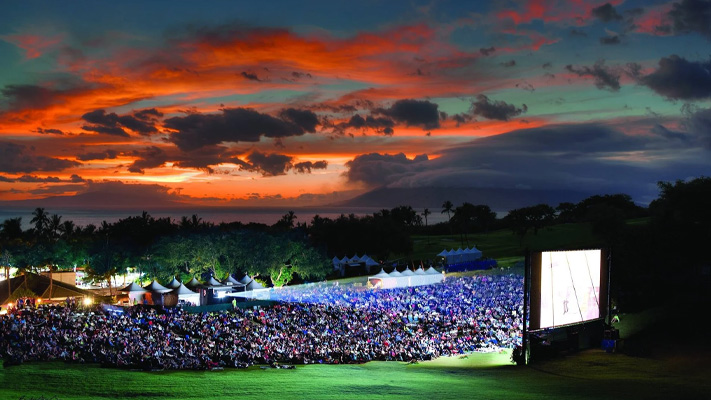
Events and Festivals: The park hosts several events and festivals throughout the year, such as the Hawaiian cultural festival, which takes place in August.



